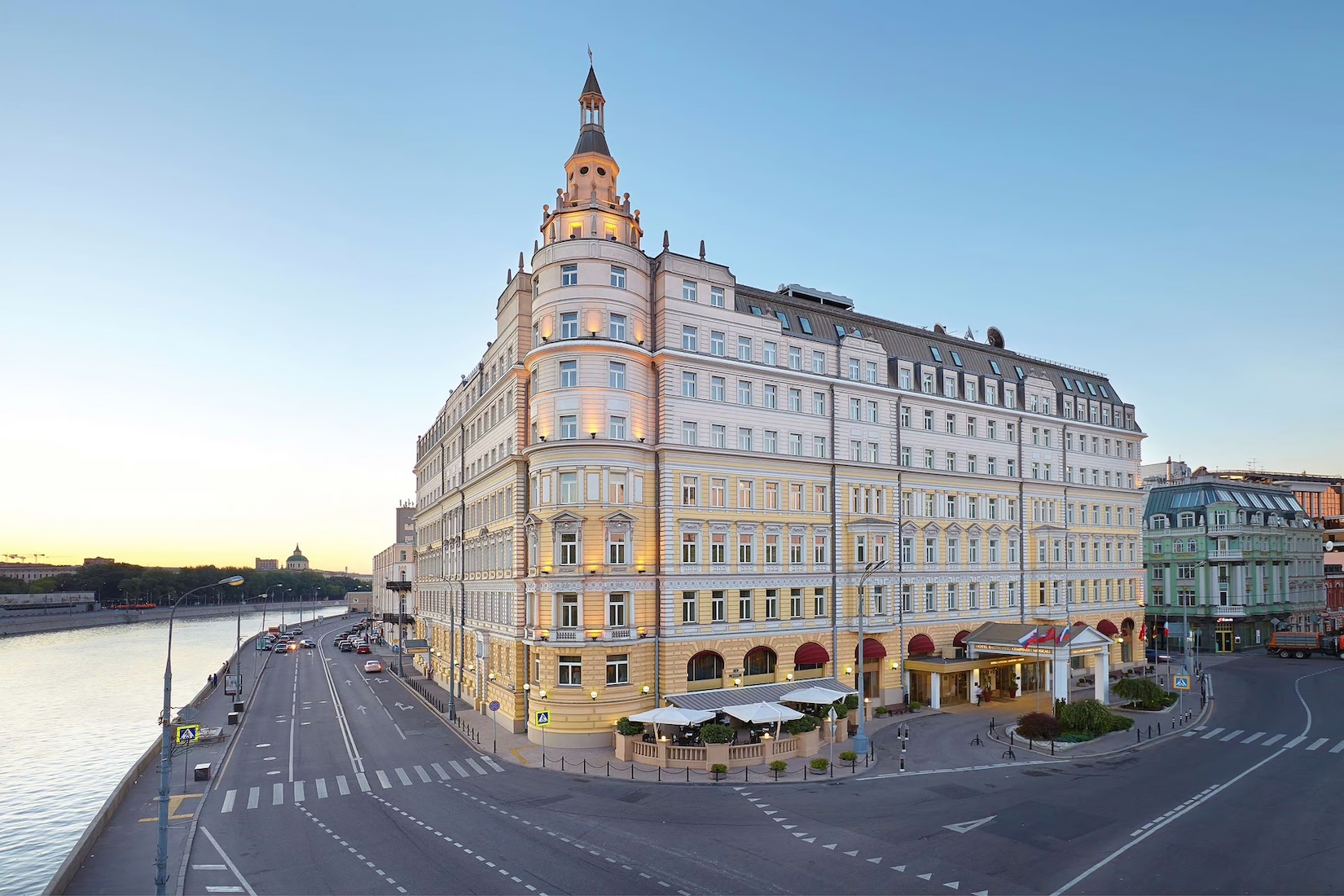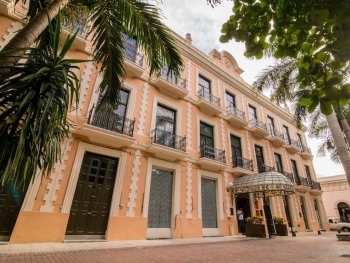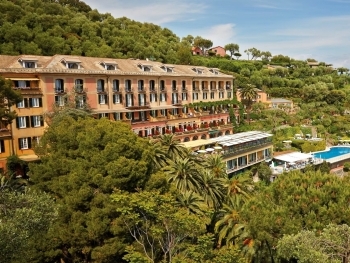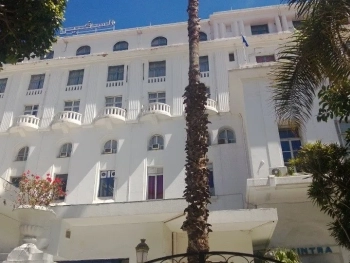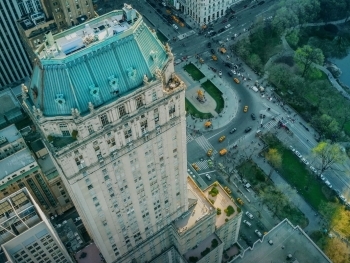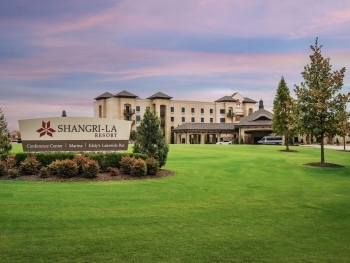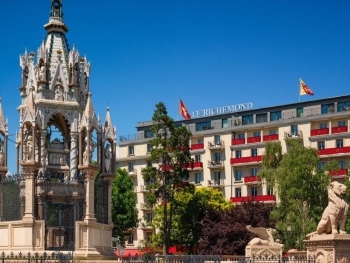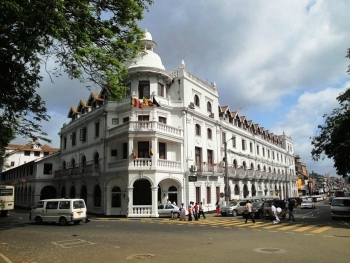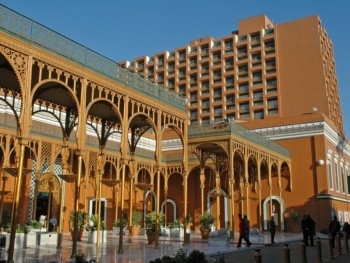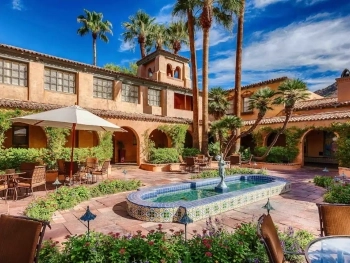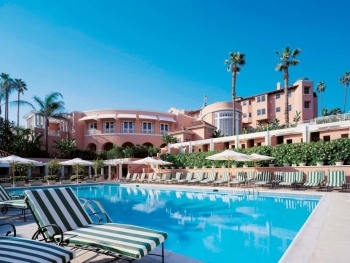Nestled on the banks of the Moskva River, Baltschug is a historic and picturesque district in Moscow. Known for its rich history, architectural beauty, and strategic location, Baltschug has been a significant area of the Russian capital for centuries. This article delves into the multifaceted history, cultural significance, and modern-day charm of Baltschug, making it a must-visit destination in Moscow.
Historical Overview
Early History
Baltschug's history can be traced back to the medieval period when Moscow began expanding beyond the Kremlin. The district's name is believed to originate from the old Russian word "bolshchug," meaning "swamp," reflecting its early geography. During the 14th and 15th centuries, the area was primarily marshland, situated just across the river from the Kremlin, the political and cultural heart of Moscow.
Development in the Tsarist Era
The transformation of Baltschug began in earnest during the reign of Tsar Ivan the Terrible in the 16th century. As Moscow grew, so did the need for space, prompting the draining of swamps and the establishment of new urban districts. Baltschug's strategic location made it a focal point for trade and commerce. The construction of bridges over the Moskva River facilitated easier access between the Kremlin and Baltschug, enhancing its importance.
The 17th and 18th centuries saw further development, with Baltschug becoming home to merchants, artisans, and foreign diplomats. The district's proximity to the Kremlin meant it was often a site of political intrigue and activity. The construction of grand mansions and commercial buildings during this period contributed to its architectural heritage.
Soviet Era
The Bolshevik Revolution in 1917 brought significant changes to Baltschug, as it did to the rest of Moscow. The new Soviet government sought to transform the city into a symbol of communist ideology. Many historical buildings in Baltschug were repurposed for governmental use, while some were demolished to make way for new constructions.
During the Soviet era, Baltschug remained a key district due to its proximity to the Kremlin. The construction of the monumental Hotel Baltschug Kempinski in the early 20th century added to the area's prestige. This period also saw the development of various cultural and administrative buildings, further embedding Baltschug in the fabric of Moscow's urban landscape.
Architectural Highlights
Baltschug is renowned for its eclectic mix of architectural styles, ranging from medieval to modern. Here are some of the key architectural landmarks in the district:
Hotel Baltschug Kempinski
One of the most iconic buildings in Baltschug is the Hotel Baltschug Kempinski. Opened in 1898, this luxurious hotel has hosted numerous dignitaries, celebrities, and business leaders over the years. Its architecture is a blend of classical and modern styles, featuring elegant facades and opulent interiors. The hotel's location offers stunning views of the Kremlin and St. Basil's Cathedral, making it a prime spot for visitors.
St. George's Church
Another architectural gem in Baltschug is St. George's Church. Built in the 17th century, this Orthodox church is a fine example of Moscow Baroque architecture. Its intricate frescoes, onion domes, and ornate iconostasis make it a significant religious and cultural site. The church has undergone several restorations over the centuries, preserving its historical and artistic value.
The Central House of Artists
The Central House of Artists, also located in Baltschug, is a major cultural hub. This modernist building, constructed in the 20th century, houses a vast collection of contemporary Russian art. It serves as a venue for exhibitions, cultural events, and artistic performances, attracting both locals and tourists.
Cultural Significance
Baltschug's cultural significance extends beyond its architectural beauty. The district has been a center for art, literature, and political discourse for centuries.
Literary Connections
Baltschug has been featured in numerous literary works, reflecting its importance in Russian culture. The district's picturesque streets, historical buildings, and proximity to the Kremlin have inspired writers and poets. Prominent Russian authors, including Alexander Pushkin and Leo Tolstoy, have referenced Baltschug in their works, adding to its literary allure.
Artistic Heritage
Baltschug has also been a focal point for artists. The district's scenic vistas and historic architecture provide ample inspiration for painters and photographers. The Central House of Artists and various galleries in the area continue to promote Russian and international art, fostering a vibrant artistic community.
Political Importance
Given its location near the Kremlin, Baltschug has always been a site of political activity. During the Tsarist era, it was home to influential merchants and diplomats. In the Soviet period, it housed governmental offices and hosted political events. Today, Baltschug remains a key area for political and diplomatic activities, with several embassies and governmental buildings located within its boundaries.
Modern-Day Baltschug
Tourism and Hospitality
In contemporary Moscow, Baltschug has emerged as a popular destination for tourists. The district's rich history, combined with its scenic beauty and proximity to major landmarks, makes it an attractive spot for visitors. The Hotel Baltschug Kempinski continues to be a top choice for luxury accommodation, offering world-class amenities and unparalleled views.
Commercial and Residential Development
Baltschug has also seen significant commercial and residential development in recent years. Modern office buildings and upscale residential complexes have been constructed, blending seamlessly with the district's historical architecture. This development has revitalized the area, making it a sought-after location for businesses and residents alike.
Cultural Events and Festivals
Baltschug hosts a variety of cultural events and festivals throughout the year, celebrating its artistic and historical heritage. These events include art exhibitions, music festivals, and historical reenactments, drawing both locals and tourists. The district's vibrant cultural scene adds to its charm and appeal.
Baltschug Moscow is a district that beautifully encapsulates the rich history and dynamic culture of the Russian capital. From its medieval origins as a swampy outpost to its current status as a vibrant urban center, Baltschug has evolved while retaining its historical essence. Its architectural landmarks, cultural significance, and modern-day charm make it a must-visit destination for anyone exploring Moscow. Whether you're a history enthusiast, an art lover, or a curious traveler, Baltschug offers a unique and unforgettable experience.
